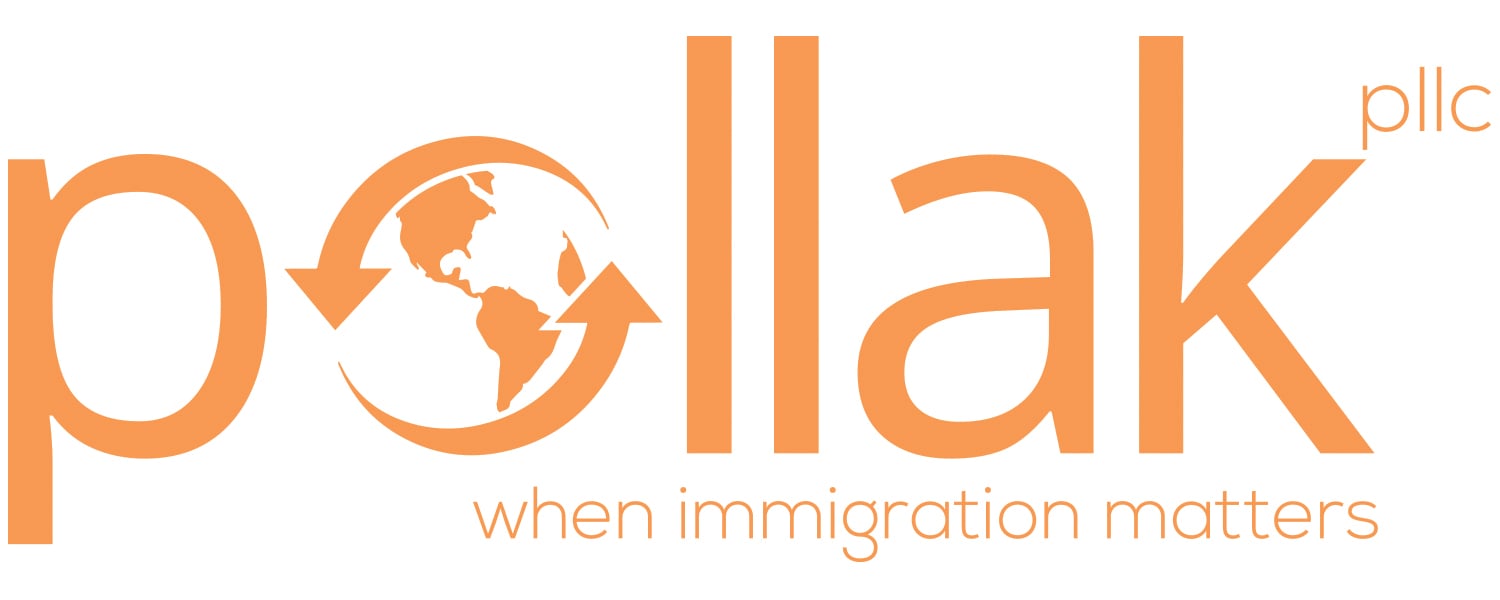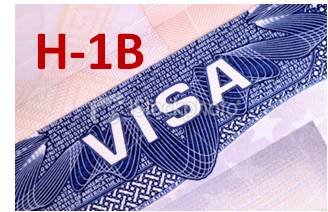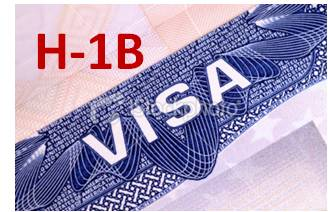
On October 1, 2020, the Office of Information and Regulatory Affairs (OIRA) within the Office of Management and Budget (OMB) fast tracked to be published without commentary, a USCIS rule that significantly changes the H1-B regulations. It is entitled, “Strengthening the H-1B Nonimmigrant Visa Classification Program.”
The USCIS and DOL Interim Final Rules are expected to combine to substantially modify prevailing wage requirements so as to limit the availability of the H-1B visa program to the most highly paid professionals, regardless of actual wage data for the labor market.
Expected Key Provisions
While the actual specific language of the forthcoming regulations will not be available until they are published in the Federal Register, based on the regulatory agenda and other clues, they are expected to include the following:
- Revision of the definition of an H-1B specialty occupation to “increase focus on obtaining the best and brightest foreign nationals.”4
- Changes to the definitions of H-1B employment and the employer-employee relationship, with a focus on restricting offsite placement of H-1B workers. It is expected that, as part of USCIS response to the ITServe Alliance settlement agreement and the rescissions of certain memoranda, the Interim Final Rule will revise the regulatory definition of “United States Employer” and the interpretation of “employer-employee relationship” so as to exclude or limit the availability of the H-1B visa program where there is third-party placement of H-1B workers.
- Possible requirement that H-1B employers and their end clients jointly obtain LCAs where H-1B workers will work at client sites.The regulation may include a revision to the Labor Condition Application (LCA) requirement so that, when the H-1B worker is assigned to a third-party work site, the end-client would need to join in or be a signatory to the LCA. A joint LCA requirement may create de facto joint employer liability for LCA obligations on wages and working conditions.
- Additional H-1B wage requirements “to ensure employers pay appropriate wages to H-1B visa holders”as well as a restructuring of the H-1B, H-1B1, E-3 and PERM prevailing wage levels.
Because it was published as an Interim Final Rule it becomes effective without the agency first evaluating and responding to public comments upon publication in the Federal Register.
Litigation challenging the regulations is anticipated. A few grounds for a legal challenge could include:
- Several of the expected changes appear to be inconsistent with existing statutes on specialty occupation.
- If issued as an Interim Final Rule, the agency will also need to show the basis for its determination that there exists “good cause” to skip the normal notice and comment process.




